Resolvamos las dudas de Paty
Valoración de la comunidad:
Última Actualización:
6 de Febrero de 2025 a las 16:04Aprendizaje esperado: reconoce la escritura de nombres de estados de ánimo. Explora y reconoce recetas. Explora y escucha preguntas. Participa en la formulación de preguntas. Explora un tema del mundo natural mexicano en materiales ilustrados.
Énfasis: recuerda los conceptos relacionados con nombres de estados de ánimo, reconocimiento de recetas, formulación de preguntas y exploración de un tema del mundo natural mexicano.
¿Qué vamos a aprender?
Reconocerás la escritura de nombres de estados de ánimo. Explorarás y reconocerás recetas.
También participarás en reconocer y formular preguntas, además, conocerás un tema del mundo natural mexicano en materiales ilustrados.
¿Qué hacemos?
¿Recuerdas a Paty?
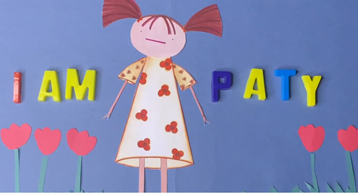
|
Yes, she is Paty. We met her in a story a few lessons ago. |
Sí, es Paty, la conocimos en un cuento en clases anteriores |
|
Actually, we found out that she had a lot of doubts on some topics. |
Nos enteramos que tiene varias dudas y quiere saber si la podemos ayudar.
|
|
She shared with us some of her doubts. What about helping her with the first one?
|
Nos compartió algunas de sus dudas. ¿Qué tal que la ayudamos con la primera? |
|
First question is: “Which are some feelings?” |
¿Cuáles son algunos estados de ánimo o sentimientos? |
|
I brought some sentences of stories we read throughout the classes. In them, you can see some feelings. |
Traje algunas oraciones de cuentos que leímos a lo largo de las clases. En ellos, puedes ver algunos sentimientos.
|
|
Can you remember which story they belong to? |
¿Crees que puedas recordar a qué cuento pertenece? |
|
Yes, of course. Should I match them with the images? |
Las debo unir con las imágenes.
|
|
Exactly. Are you ready? |
Exactamente. ¿Estás listo? |
Realiza las siguientes actividades:
-
Hay oraciones de cuentos donde se abordaron las emociones y debes completar la palabra y elegir la imagen del cuento correcto (5 cuentos).
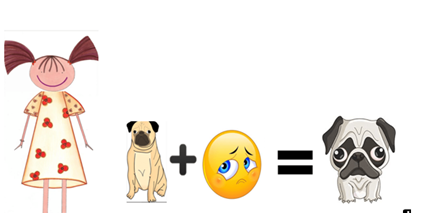
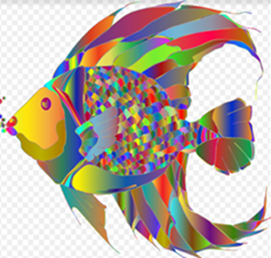
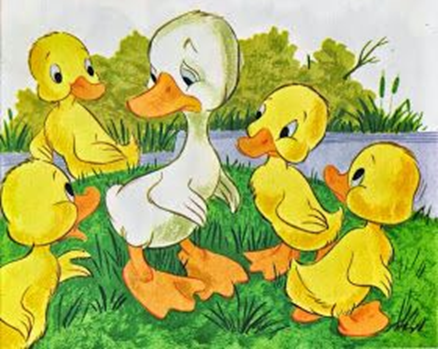
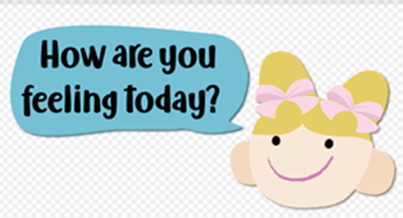
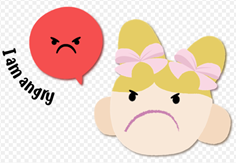


|
Look at this phrase: __________ was sad because his brothers and sisters did not want to play with him. |
Mira esta frase: _________ estaba triste porque sus hermanos y hermanas no querían jugar con él. |
|
I remember this story. |
Sí me acuerdo de este cuento. |
|
It is The Ugly Duckling |
Es el Patito feo.
|
|
The complete phrase would say: The Ugly Duckling was sad because his brothers and sisters did not want to play with him. |
La frase completa diría: El patito feo estaba triste porque sus hermanos y hermanas no querían jugar con él. |
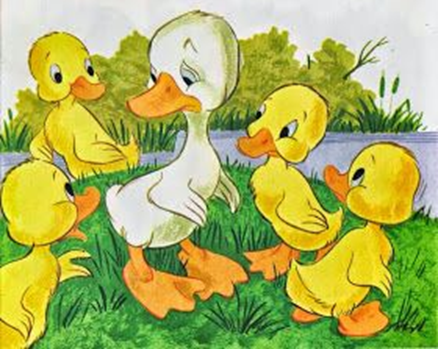
|
Yes! Paty, the emotion we mentioned was “sad |
Paty, la emoción que mencionamos fue “triste”. |
|
Let’s guess the next one. |
Adivinemos la que sigue. |
|
Paty is happy because she is flipping through a book about pets.
|
Paty está feliz porque está hojeando un libro sobre mascotas. |
|
This one was very easy. The story was: Paty and her pet. |
Este es muy fácil. El cuento era: Paty y su mascota. |

|
Excellent! And the emotion is happy. Let’s continue. |
¡Excelente! Y la emoción es feliz. Continuemos. |
|
Papa Bear is angry because somebody has tasted his food. |
Papa Bear está enojado porque alguien probó su comida. |
|
That belongs to Goldilocks and the Three Bears. And the emotion is angry. |
Eso pertenece a Ricitos de Oro y los Tres Osos. Y la emoción está enojada. |

|
Great! You are good at this. |
Eres bueno en esto. |
|
Next one: Ana is excited because she gets a new pencil case from her grandparents. |
Siguiente: Ana está emocionada porque recibe un estuche nuevo de sus abuelos. |
|
This one is easy too. The story is Ana's mood. |
Esto es fácil también. El cuento es: “Los estados de ánimo de Ana”. |
|
And the emotion would be “excited”. |
Y el sentimiento sería emocionada. |
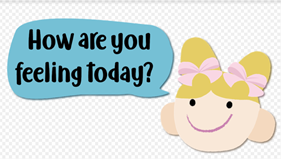
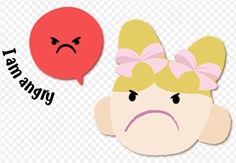

|
The last phrase says: The other fish were amazed by his beauty. |
La última frase dice: los otros peces estaban sorprendidos de su belleza. |
|
The story is: The Rainbow Fish. |
El cuento es: El pez arcoíris |

|
Excellent. Let’s review only the emotions: sad, happy, excited and amazed.
|
¡Excelente! Vamos a revisar únicamente las emociones: triste, feliz, emocionado, sorprendido.
|
-
How can we play with the feelings?
Puedes jugar con un dado y en cada cara tendrá escrito un estado de ánimo o emoción. Al tirarlo, el deberás relacionar el nombre de la emoción, con las imágenes de Ana.
|
Paty has another question: How can we play with the feelings? |
¿Cómo podemos jugar con los estados de ánimo o sentimientos? |
|
What about playing a little bit with Ana’s mood and the dice? |
¿Qué te parece si jugamos un poco con los estados de ánimo de Ana y con el dado?
|
|
These images are from the story we learned with teacher Ramona, right? |
Estas imágenes son del cuento que conocimos con la maestra Ramona, ¿Verdad? |
|
Exactly. Teacher Ramona told us this story called “Ana’ s mood”. |
Exactamente. La maestra Ramona nos contó este cuento de Ana y sus estados de ánimo. |
|
Great! I liked that story a lot. ¡Genial! |
Me gustó muchísimo ese cuento. |
|
I’m going to toss the dice and we will see what emotion appears. |
Voy a tirar el dado y veremos qué emoción aparece. |
|
You will point out the image of Ana's mood that belongs to that emotion. |
Vas a señalar la imagen de Ana que corresponda a la emoción que aparezca. |
|
Jugarás un par de turnos o los que alcances de acuerdo al tiempo disponible. Se sugiere no pasar de cuatro para que dé tiempo a las otras actividades.
|
|
-
What are the parts of a recipe?
|
The next question that Paty asked was: What are the parts of a recipe? |
¿Cuáles son las partes de una receta? |
|
Do you remember we learned how to prepare a healthy salad too? |
¿Recuerdas que también aprendimos cómo preparar una ensalada saludable? |
|
Yes, it was very fun to chop the vegetables. |
Sí, fue muy divertido picar todos los vegetales. |
|
I brought the recipe book that teacher Ramona made. |
We can review the parts of the recipe there. |
Recuerdas el recetario que hizo la maestra Ramona y para revisar las partes de la receta ahí.
Partes de la receta e imágenes.
|
This is the title. |
Este es el título. |
||
|
These are the ingredients. |
Estos son los ingredientes. |
||
|
These are the preparation steps. |
Estos son los pasos de la preparación. |
||
|
Now we reviewed the steps to prepare a healthy salad, let’ s put a specific action to each step. |
Ya que hemos recordado cómo realizar una ensalada saludable, ahora vamos a colocar la acción correcta a cada paso de la preparación.
|
||
|
Ingredients: 2 carrots. 1 cucumber. 1 red pepper (1 morrón rojo). 1 red tomato. A little bit of olive oil (aceite de oliva). Preparation steps.
|
|||
|
How are we going to do that? |
¿Cómo vamos a hacer eso? |
||
|
There are some phrases with the preparation steps on the foam board but they are missing something. |
Hay algunas frases con los pasos de preparación en el tablero pero les falta algo. |
||
|
In these cards are written the actions for each step. |
En estas tarjetas están escritas las acciones para cada paso. |
||
|
Can you read them to me? |
¿Puedes leerlas? |
||
|
Of course: wash, cut, put, add, serve. |
Eso sí: lavar, cortar, poner, agregar, servir. |
||
|
|
|||
|
You will help me to complete the sentences with the correct action. |
Me ayudarás a completar las oraciones con la acción correcta. |
||
|
Remember that you can also prepare this delicious salad at home with the help of some adult. |
Recuerda que tú también puedes realizar esta deliciosa receta en tu casa y con la ayuda de un adulto. |
||
|
We already saw how to prepare a healthy salad. Now, let’s remember how to prepare a fruit salad with these videos that teacher Ramona’s friends sent us.
|
Ya vimos cómo puedes preparar una deliciosa ensalada saludable. Ahora vamos a ver una ensalada pero de frutas que nos compartieron los amigos de la maestra Ramona. |
||
|
Observa con atención el siguiente video:
|
|||
|
Delicious! |
¡Deliciosa! |
||
|
Now we have more options to prepare at home.
|
Ya tenemos más opciones para preparar en casa. |
||
-
What are the school objects?
|
What about reminding Paty some of the school objects? |
¿Qué te parece si ahora le recordamos a Paty algunos objetos del aula que vimos? |
|
Tell me, do you like jigsaw puzzles? |
¿Te gustan los rompecabezas? |
|
I love them! |
¡Me encanta! |
|
On the floor we have four jigsaw puzzles that we will put together to find outwhat school objects are there. Can you help me? |
Aquí en el piso tenemos cuatro rompecabezas que vamos a armar para descubrir qué objetos del aula son. ¿Me ayudas? |
|
Good job! Let’s see what these objects are. Remember the WH questions. |
¡Buen trabajo! Veamos cuáles son estos objetos. Recuerda las preguntas WH. |
|
La pregunta se hará con: “What is it?” Para responder, señalará la respuesta con “it is a… Los objetos se mostraran con tarjetas, pon mucha atención a las preguntas. |
|
|
What is it? It is a notebook. |
¿Qué es? Es una libreta. |
|
|
|
|
What is it? It is a book. |
¿Qué es? Es un libro. |
|
|
|
|
What is it? It is a ruler. |
¿Qué es? Es una regla. |
|
|
|
|
What is it? It is a pencil. |
¿Qué es? Es un lápiz |
|
|
|
-
What is inside the Teddy 's Bear school bag?
|
Paty wants to know what’s inside of Teddy’s Bear school bag. Do you remember him?
|
Paty quiere saber qué hay dentro de la mochila de Teddy bear. ¿Lo recuerdan?
|
|
Yes, he is Teddy Bear and this is his schoolbag. Let 's see what 's inside of it?
|
Él es Teddy Bear y esta es su mochila. Veamos que hay adentro.
|
|
Can you help me? |
¿Me puedes ayudar? |
Sigue practicando con las preguntas, si puedes ilustra cada pregunta.
|
Remember, if we want to know the color of an object we ask, “What color is it?”
|
Recuerden, si queremos saber el color de un objeto preguntamos: “¿De qué color es?”.
|
|
And if there are more than one object, then you ask: “What color are they?”
|
Y si hay más de un objeto, entonces preguntas: “¿De qué color son?”
|
|
Let 's practice both of the questions we learned, using this object.
|
Vamos a practicar las dos preguntas que aprendimos, usando este objeto |
|
What is it?
It is a book.
And what color is it?
It is blue.
|
¿Qué es?
Es un libro.
¿Y de qué color es?
Es azul.
|
|
Perfect. Look at these objects. |
Mira estos objetos.
|
|
What are they?
|
¿Qué son?
|
|
They are notebooks. |
Son cuadernos.
|
|
And what color are they?
They are orange.
|
¿Y de qué color son?
Son naranjas. |
|
What is it?
It is a school bag.
What color is it?
It is red. |
¿Qué es?
Es una mochila.
¿De qué color es?
Es roja. |
|
What is the next Paty’ s doubt? |
¿Cuál es la siguiente duda de Paty? |
-
What are the habitats in Mexico?
|
What are the habitats in Mexico?
|
¿Cuáles son los habitantes de México? |
|
Do you know that we have lots of animals in Mexico?
|
¿Sabes que tenemos muchos animales en México? |
|
Yes, I remember I learned something about that when I was a student. |
Sí, me acuerdo que aprendí algo de eso cuando era estudiante.
|
|
What if we see again the video you saw with teacher Ramona last week?
|
¿Qué te parece si volvemos a ver el video de la clase pasada que vimos con la maestra Ramona?
|
|
|
|
|
|
-
What are the habitats in Mexico?
|
You were right, teacher Yeymi. Mexico is a beautiful country!
|
Tenías razón, maestra Yeymi. ¡México es un país hermoso! |
|
Let 's love our country! |
¡Amemos a nuestro país! |
|
The last doubt Paty has is: which animals can we find in these habitats? |
¿Qué animales podemos encontrar en estos habitantes? |
|
Observa con atención las siguientes imágenes:
|
|
|
Let's classify the animals to their habitat.
|
Ahora, vamos a clasificar a los animales en su hábitat.
|
|
Here is the jungle. Which animals live in the jungle?
|
Aquí está la jungla. ¿Qué animales hay en la jungla? |
|
|
|
|
A monkey! |
¡Un mono!
|
|
Excellent! Here is the forest. |
Aquí está el bosque.
|
|
Which animals live in the forest? |
¿Qué animales viven en el bosque?
|
|
|
|
|
In the forest live the bears and the butterflies. |
En el bosque viven los osos y las mariposas.
|
|
Great! ¡Genial! Here is the desert. Which animals live in the desert? |
Aquí está el desierto. ¿Qué animales viven en el desierto?
|
|
In the desert live the scorpions and snakes. |
En el desierto viven los escorpiones y las serpientes.
|
|
|
|
|
Yes! And finally, here is the sea.
|
Y finalmente, aquí está el mar. |
|
Which animals live in the sea?
|
¿Qué animales viven en el mar? |
|
In the sea live the whales and the fish. |
En el mar viven las ballenas y los peces.
|
|
|
|
|
Good job. |
Buen trabajo.
|
|
I’m glad we had enough time to help Paty with all the doubts.
|
Me alegra que tuvimos tiempo suficiente para ayudar a Paty con sus dudas. |
|
And we took the opportunity to review some topics too. |
Y aprovechamos la oportunidad de revisar algunos temas también.
|
|
Thank you for joining us, girls and boys! |
¡Gracias por acompañarnos, niñas y niños!
|
|
Don’t forget to share with us some of the activities you do at home. |
No olvides compartirnos algunas de las actividades que realizas en casa. |
|
See you soon!
|
¡Nos vemos pronto! |
Si te es posible consulta otros libros y comenta el tema de hoy con tu familia.
¡Buen trabajo!
Gracias por tu esfuerzo.
Descarga tu clase dando clic aquí

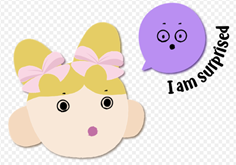
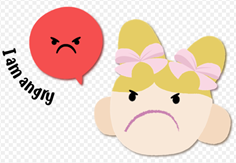
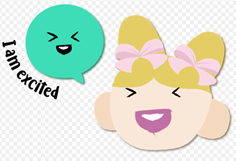
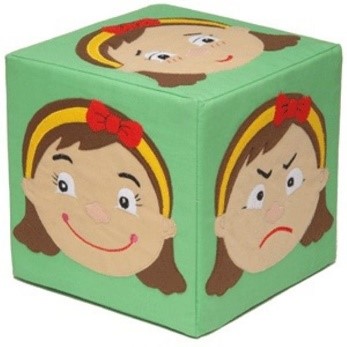
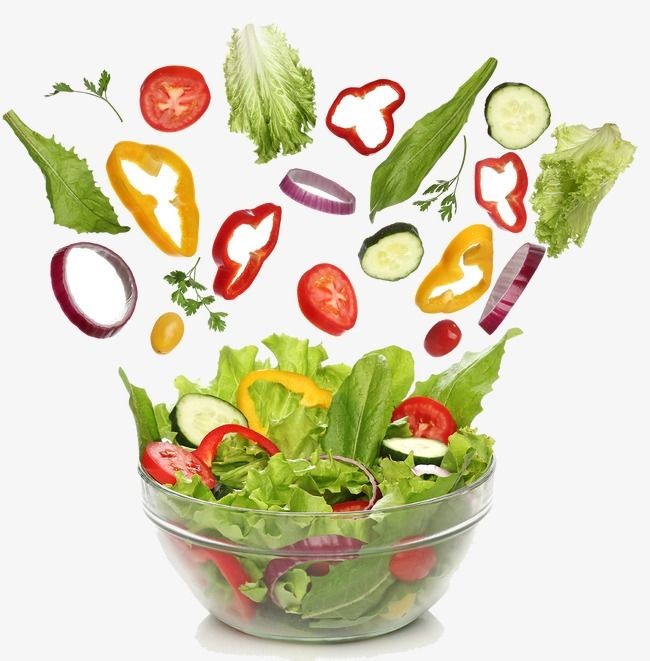 Healthy salad (title).
Healthy salad (title).





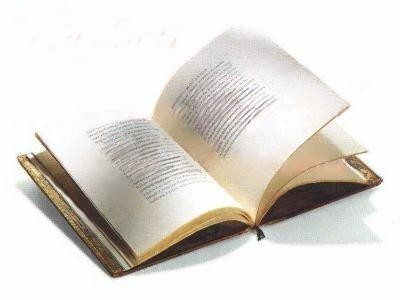
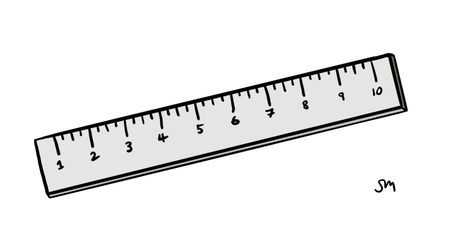

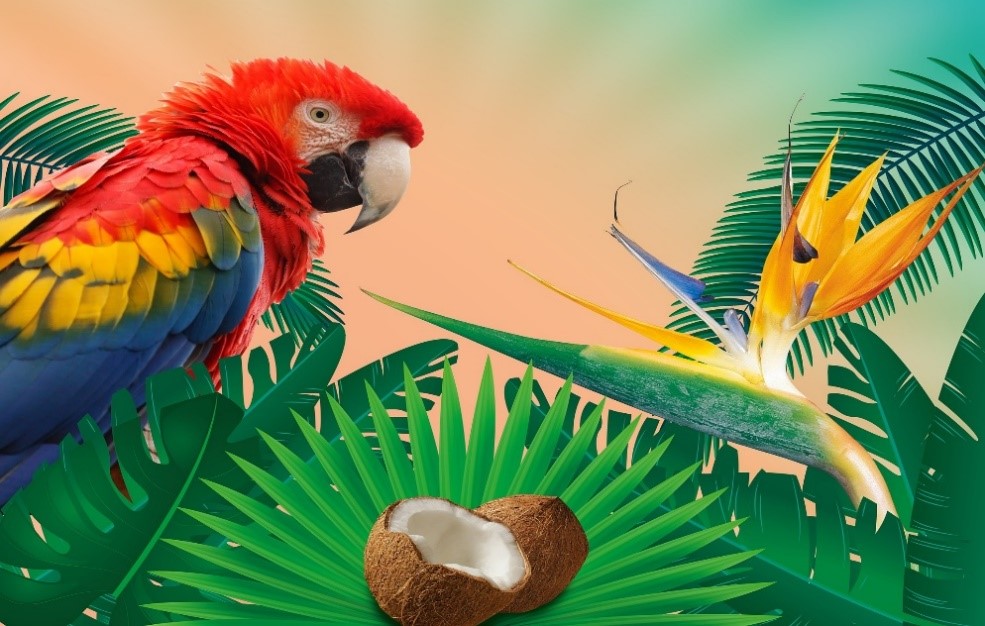

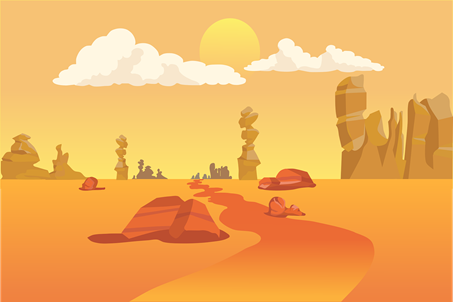



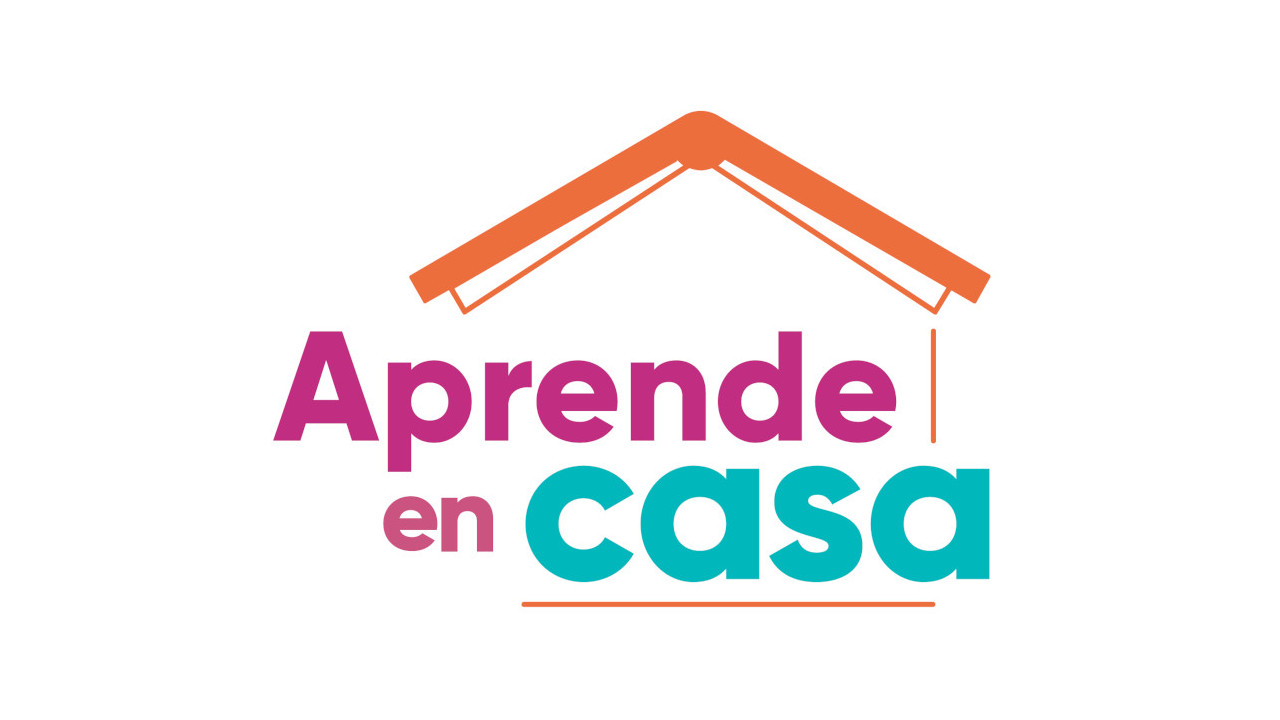
Login to join the discussion